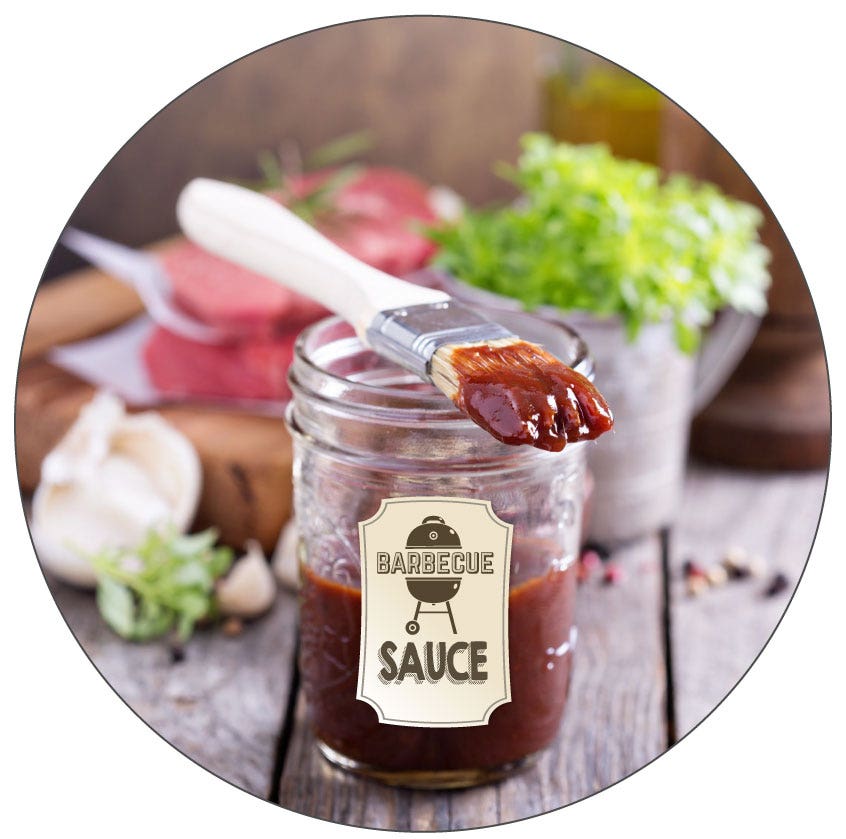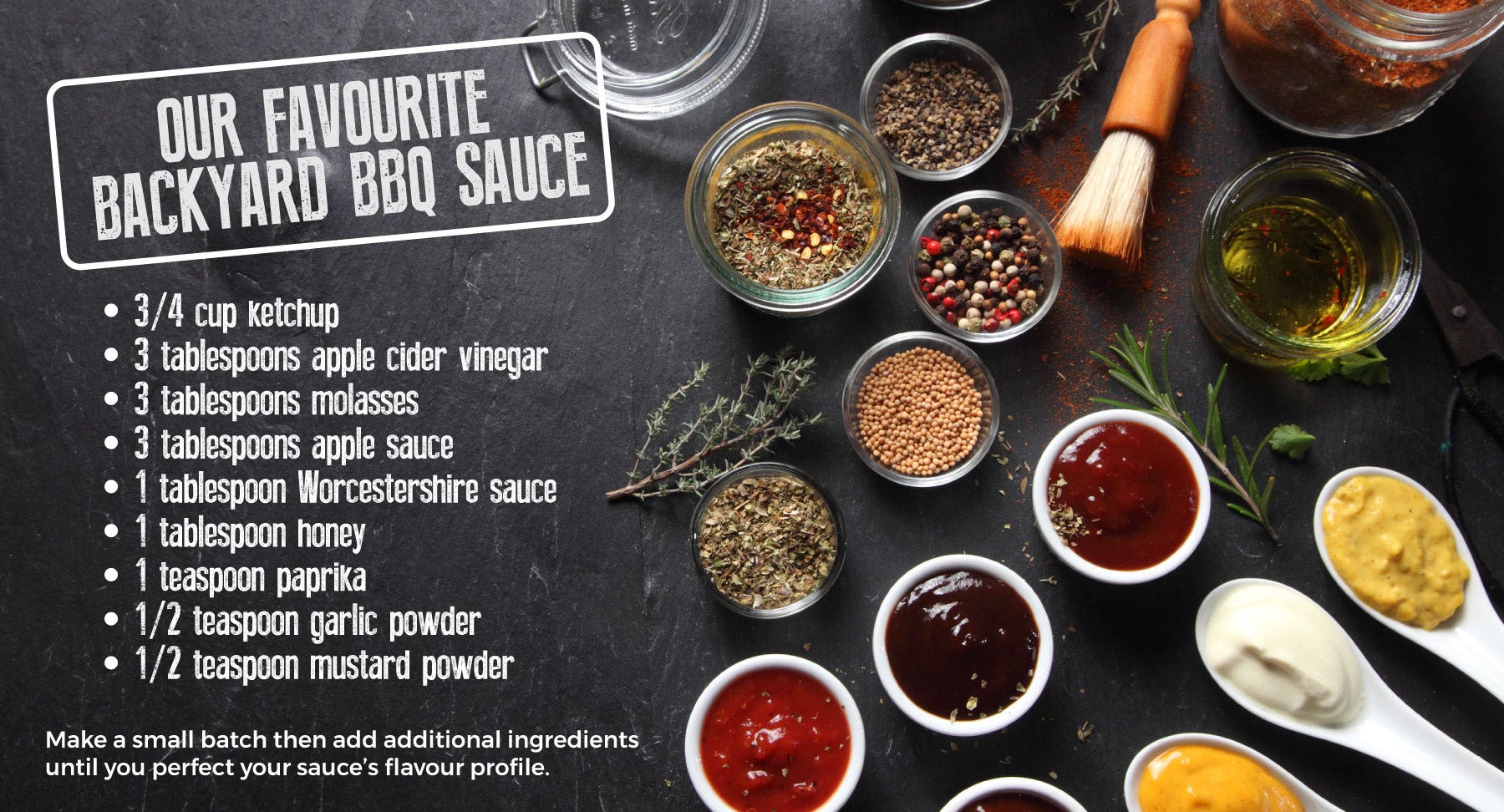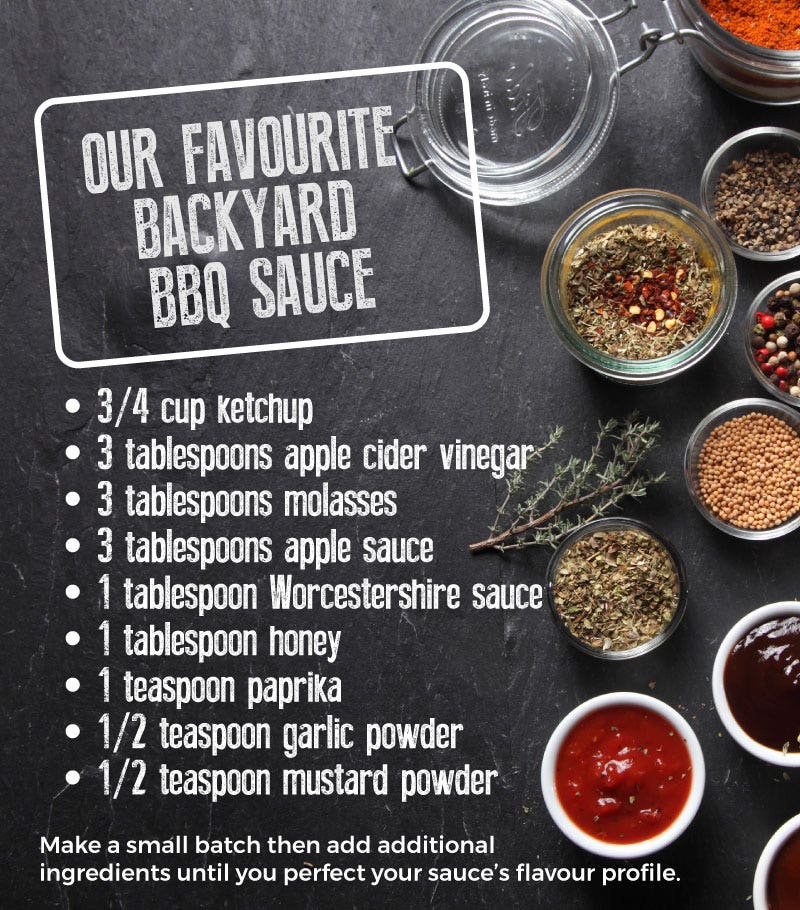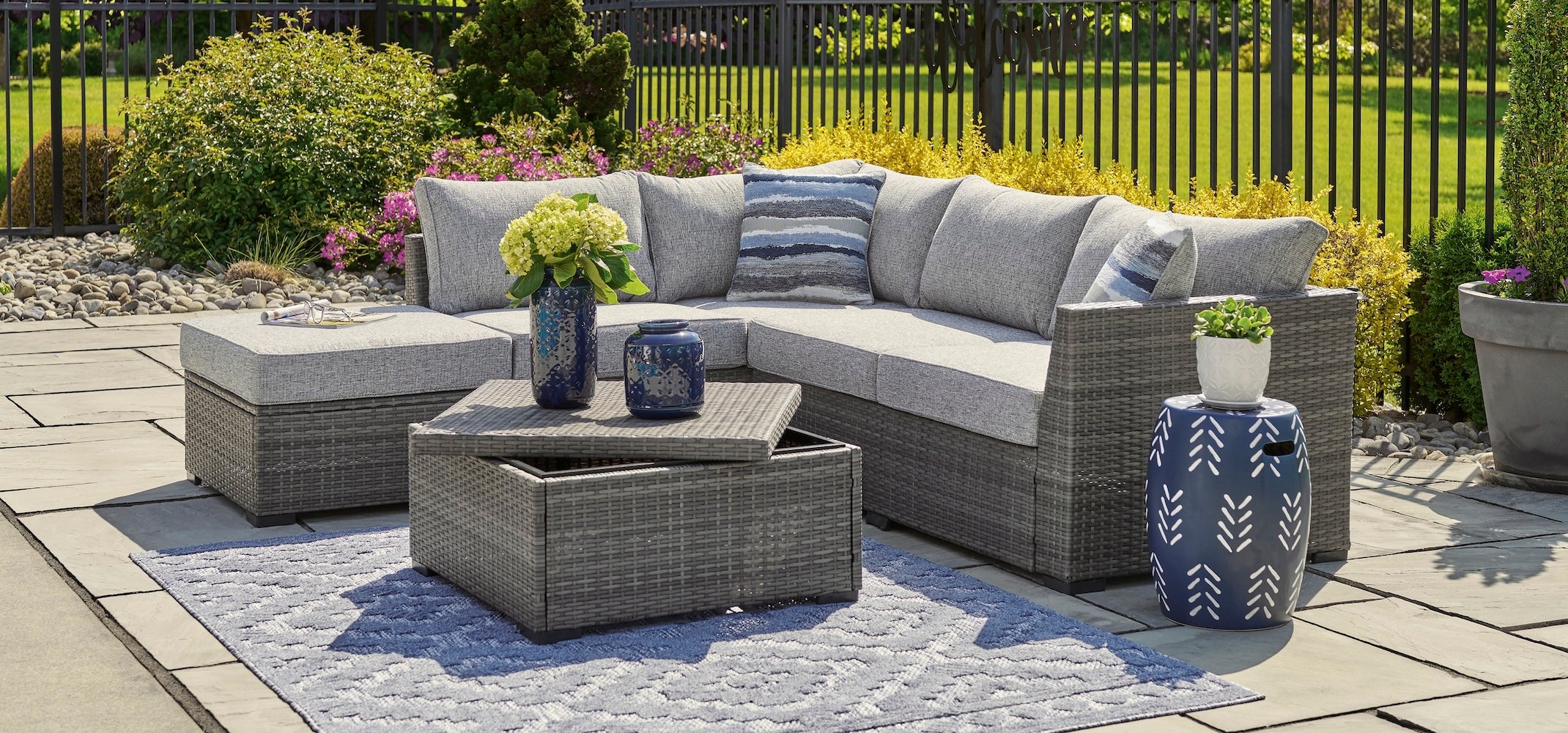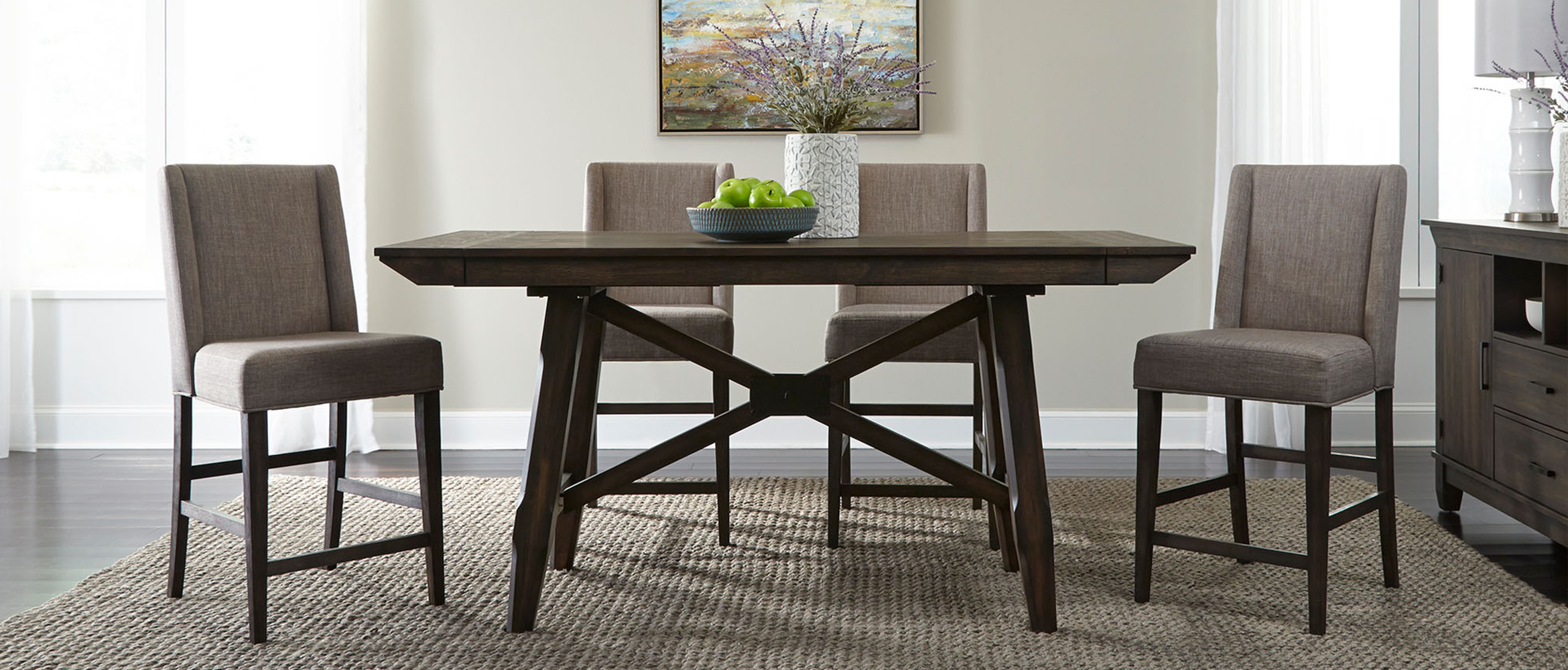With grilling season in full swing, there is no better time to get outside and master the BBQ. Summer barbecues can be a great way for you to get creative with your cooking skills and be outdoors. These simple tips will help you look like a Grilling Master and a little extra flavour to the final product.
Getting Fired Up
You should always clean your BBQ after use but it never hurts to give it a quick once over at the beginning of your grilling time. Preheat your grill with the lid closed for 10 to 15 minutes, the temperature under the lid should reach 500F. When the grate is hot, clean it with a stainless steel brush. This also helps your food from sticking to the grill.
After you clean up it’s time to oil up the grill. There’s one easy trick you can use to oil your grill fast using an onion: chop the veggie in half and dip the flat side in oil. Use this to rub-down the grates of the grill to make sure your meat comes off clean when it’s time to get cooking. Plus you can slice off the portion of the onion you used to clean the grill and cook up the rest.
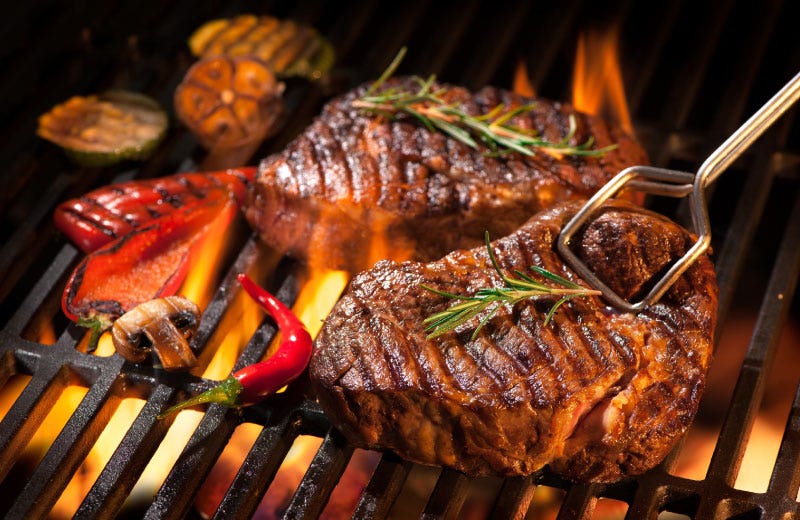

Give Your Grilling Meat The Room
If you immediately transfer your grilling meat from the fridge to the grill, you'll end up with meat that is unevenly cooked. Put plastic wrap on the meat platter and once the meat is on the grill remove the wrap for a clean and sanitary platter without any extra dishes. Take grilling meat out of the fridge about 20 minutes beforehand to give it time to warm up to room temperature. The result will be more consistent colour and temperature throughout.
Timing is Everything
And so are the right tools; Turn meat with a set of tongs, not a fork. A fork pierces the meat, allowing flavourful juices to escape. Marinades can be brushed on anytime except during the last 3 minutes of grilling especially when raw meat has previously been in it. When you’re basting grilling meat with sugary sauces, which burn easily, add them toward the end of cooking time so they caramelize but don’t burn.
Keep It Colourful
The barbecue intensifies the sweetness of vegetables so they are the perfect grilling partner to savory meats. Cut the vegetables as evenly as you can, about 1/2-inch of thickness is usually right for most of them so they all cook at about the same time and you avoid burning them. If the vegetables are small, make sure to use a foil tray or grilling basket, so you don’t lose any.
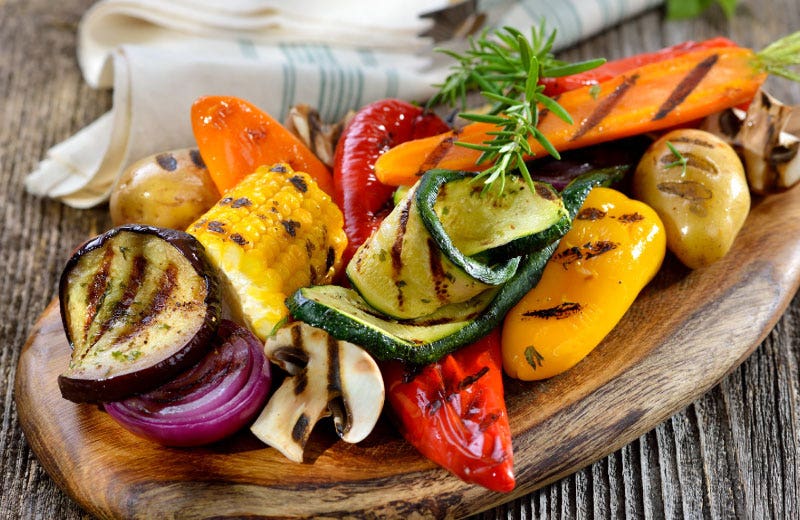

Keep A Lid On It
Here’s why you want your BBQ lid closed as much as possible.
- It keeps the grill hot enough to sear the food.
- It speeds up the cooking time and prevents the food from drying out.
- It traps the smokiness that develops when fat and juices vaporize in the grill.
- It prevents flare-ups by limiting oxygen.
Flame Thrower
Too many flare-ups can burn your food. Keep the lid on as much as possible. This limits the amount of oxygen inside the grill, which will help extinguish any flare-ups. If the flames are getting out of control, move the food over indirect heat temporarily, until they die down.
What Time Is Dinner?
By monitoring your time and grilling temperature you can avoid overcooking your food. Consistency can be difficult on the grill. The amount of flame, the temperature outside, even how windy it is can all change the normal time to grill your food. Invest in an instant-read thermometer and you can take some of the guesswork out of when your food is done.
Open For Business
Don’t stop at only the savory dishes like meat and veggies on the BBQ. Grilling caramelizes the natural sugars in food, which makes it a great way to prepare fruit with a few minutes on the flame. Add a set of grill marks to your peaches, pears, and watermelon and you’ll never look at dessert the same way again.
Home Made BBQ Sauce
There's something special about homemade BBQ sauce and there’s a sauce for every occasion and palate. BBQ sauce is quick to prepare and requires just a few ingredients that you probably already keep on hand.
For a base barbecue sauce, you can use ketchup, yellow mustard, apple cider vinegar and brown sugar. From there, you can adjust ingredients and quantities to create your sauce’s signature flavour profile.
BBQ SAUCE FLAVOUR PROFILES
Keep these four basic barbecue sauce flavour profiles in mind when perfecting your very own BBQ sauce.
Sweet: typically brown sugar, but you can substitute or supplement with molasses, white sugar, maple syrup, honey, soft drinks, corn syrup or even artificial sweeteners to save a few calories.
Tangy: the acid component that starts with tomato but is usually boosted with white, apple cider or other flavoured vinegars and acidic fruit juices.
Salty: Salt brings it all together…the sweet, the tang and the heat. You can also use Kosher, iodized, smoked, celery, onion or other seasoned salts to marry your flavours together.
Spicy: to balance out the sweetness black pepper brings basic heat, but you can turn it up with peppers, hot sauces and chili powders for a little kick.
